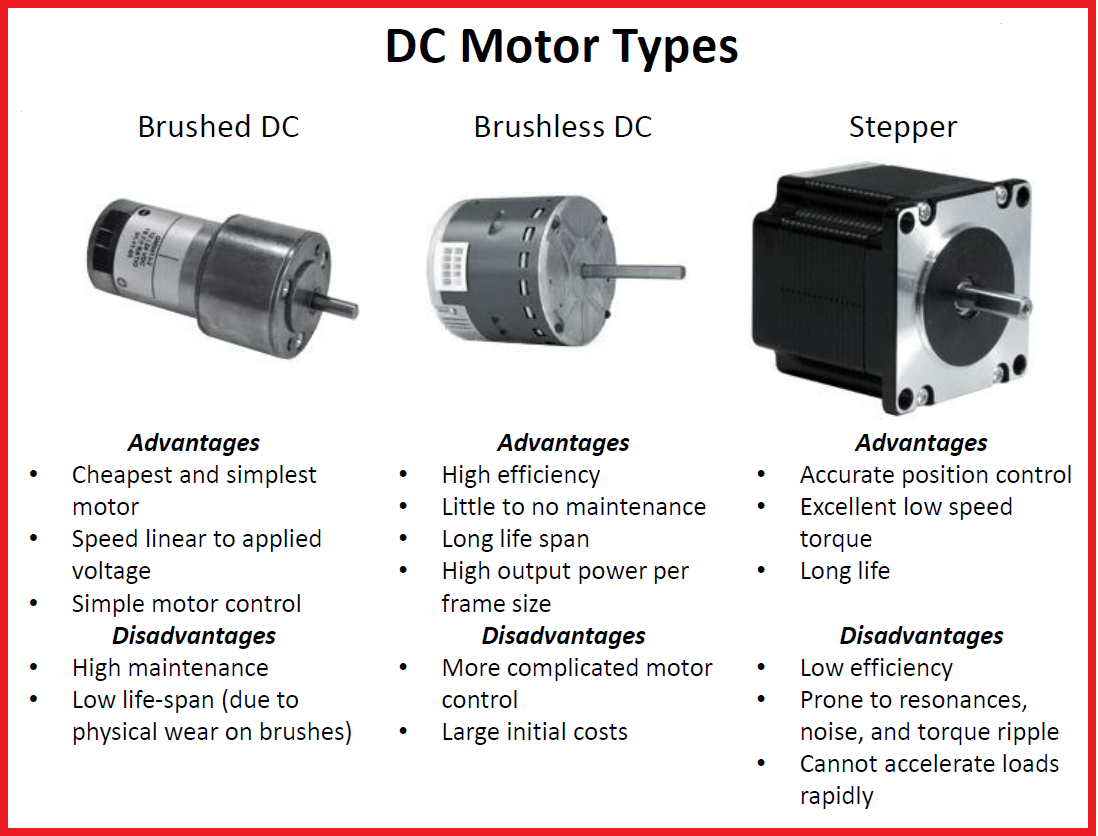Electric motor is one of the most important machines of modern days, which have an enormous effect on mankind. It has played a key role in increasing the productivity throughout the world. Due to its various uses and beneficial effects it has created a wide range of electric motor parts including motors, generators, batteries, etc. These different parts not only increase the productivity but also save a lot of money for the industrialists.
What are the main parts of an engine? Well, the engine is the most vital part of any vehicle. As far as vehicles are concerned, they are made up of four main parts namely, transmission, engine, body and wheels. The transmission component connects the engine with the transmission pump, which facilitates the movement of the vehicle. Next is the engine that is responsible for generating the power needed by the vehicle. The body too is one of the most important components and is responsible for protecting the vehicle from the harmful UV rays and other elements which may harm it.
So, what are the main parts of an electric motor? They are the battery, motor, controller and the connector. The battery is responsible for storing the energy produced during the working time. The motor assists the controller in initiating the movement of the electrical motor. And the connector is the one who transfers the energy produced by the motor to the batteries, which can be either in DC or in AC mode.
What is the difference between an engine and a motor?
The difference between an electric motor and an internal combustion engine is actually rather simple to understand once you know a little bit about the way these things work. In general, an engine consists of a number of cylinders arranged in a cylinder block that houses a series of piston pins. The piston (which is actually a cylinder) pushes against the cylinders, which rotates them and leads them to the next cylinder. This is essentially how an engine works.
Now, when talking about motors, we are talking about something completely different. A motor works by using a set of magnets as the source of mechanical power. Because these magnets can only induce mechanical motion, they can only do so in one direction – which is up. This is why we don’t typically hear people talk about a “piston” or a “wheel,” although they are technically still part of an engine.
How can you tell the difference between an engine and a motor? Simple enough, if you take your car to an auto mechanic, you’ll most likely be told that an engine is simply a bigger version of a motor. If you take it apart, you’ll see that the engine is nothing more than a series of piping and metal flaps with bearings on top. When comparing an engine and a motor, we must keep in mind that an engine is essentially just a bunch of pipe covered in grease and metal. It doesn’t make any sense to compare the engine to the motor.

What is motor and how many types of motor?
Oil is a viscous liquid, which changes its shape when it cools off. Motor oil is made from crude oil, which are mixed with gasoline and water, and sometimes boron. Motor oil lubricates a number of moving parts in a vehicle, including bearings, cylinder heads, ring gears, camshafts, transmissions, and other moving parts. It also protects the moving parts from damage, making an oil change necessary if the engine starts to run rough or fails to start at all.
If you are in the market for oil for your vehicle, then it is important to understand how motor oil works. Motor oil changes occur on a regular schedule based on a few factors, such as the age of the vehicle, how long the car has been running, and what you drive. Most engines have a filter, which collects a certain amount of oil. Oil changes occur every three thousand miles or so, depending on the model. As soon as you notice that the oil level is low, you should take your car in to your local mechanic. There are many different types of oils, so there is one for each type of motor.
Some oils are synthetic, meaning that they contain chemicals that enhance the performance of a motor. Some oils are compatible with many types of engines, while others are made specifically for a certain type of engine. Motor oil also serves to protect the moving parts of a motor, and to prevent damage to them. Changing your motor oil regularly will keep your engine performing properly and save you money on repairs in the future. With a little know-how, you can learn the names of the different types of motor oils and which one suits your vehicle best.

